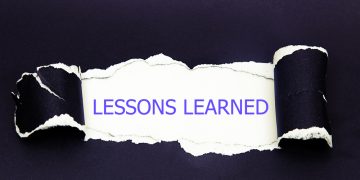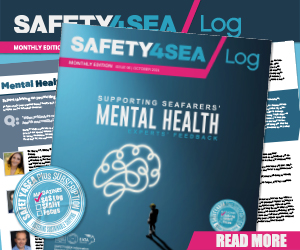In its latest Maritime Safety video, CHIRP highlights the dangerous practice of fishermen of not wearing lifejackets and discussing the possible tragic consequences in overboard incidents. The report advises that all fishermen should take their personal safety into account by conducting a (dynamic) risk assessment into the possibility of falling overboard.
The risk assessment might include the following:
- With the particular activity that you are engaged in, what could go wrong, and equally importantly what are you going to do if something does go wrong?
- If you fall overboard, how do you get back on board? For instance, does the boat have external grab lines or a rope ladder to aid boarding?
- In the event that you do fall overboard, a Personal Location Beacon (PLB) will increase your chance of a rapid rescue. These are small, have a battery life of approximately 24 hours, and should be registered with the Maritime Rescue Co-ordination Centre.
- A Personal Floatation Device (PFD) is an absolute must for all personnel involved in maritime leisure activities, and in the commercial fishing sector. PFD’s can be “constant wear” and must be worn outside any other clothing such as waterproofs. They do not obstruct any activity.
- Consider wearing buoyant clothing – depending upon the activity, several types of buoyant clothing are available.
- For single-handed operations, who knows where you are and what time you are expected to return?
TAKE NOTE: If you do fall overboard then there is an immediate risk of cold shock – this is the immediate response of the body to a sudden unexpected immersion in water where the temperature is 15°C or less. The effect is short term, but the immediate response is gasping so instead of taking in air, water might be inhaled. In addition, the cold water immediately reduces circulation which can induce heart failure even in healthy persons. All of the foregoing affect your ability to swim back to safety and also affect your physical ability to pull yourself out of the water to save yourself. Remember, the longer you are in the water the weaker you will become. Therefore, a lifejacket is essential in order to allow this short-term response to pass and to increase your chance of survival.
There are also many other aspects of personal safety which improve your chances of not falling overboard, and these could equally form part of a personal safety risk assessment. For example, non-slip paint on decks and appropriate footwear, and perhaps additional railings or temporary grab lines.
Find out more herebelow:

































































